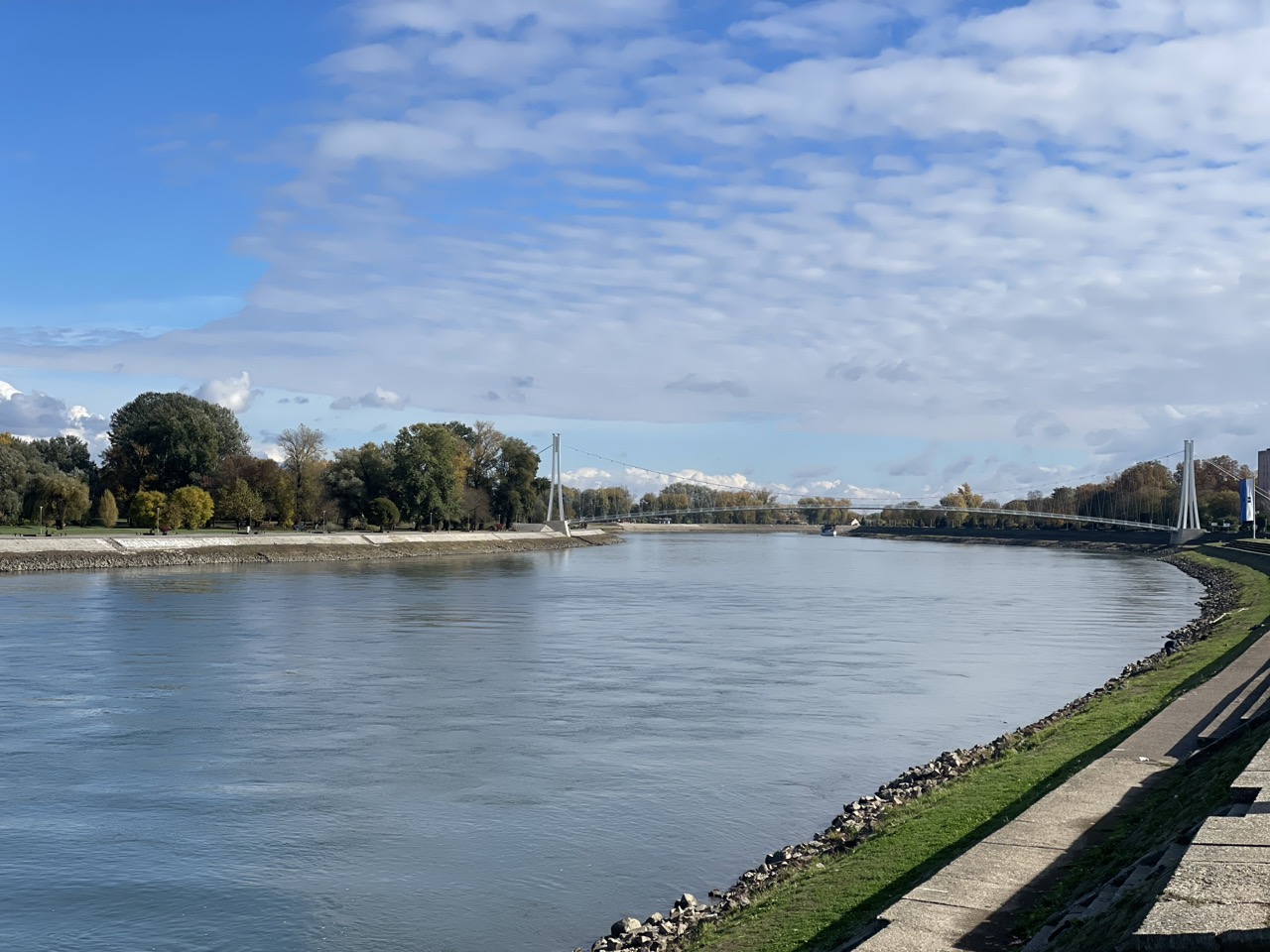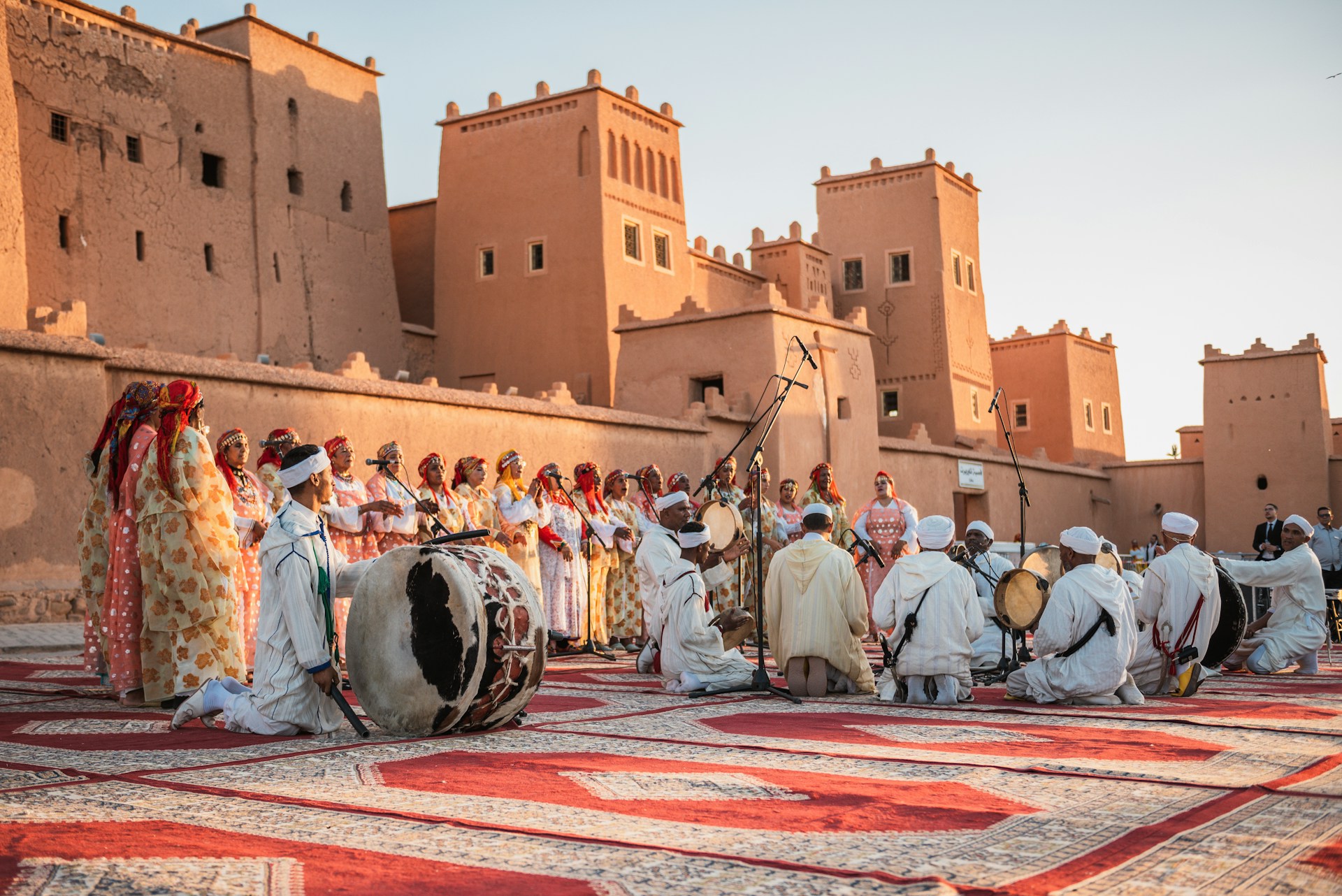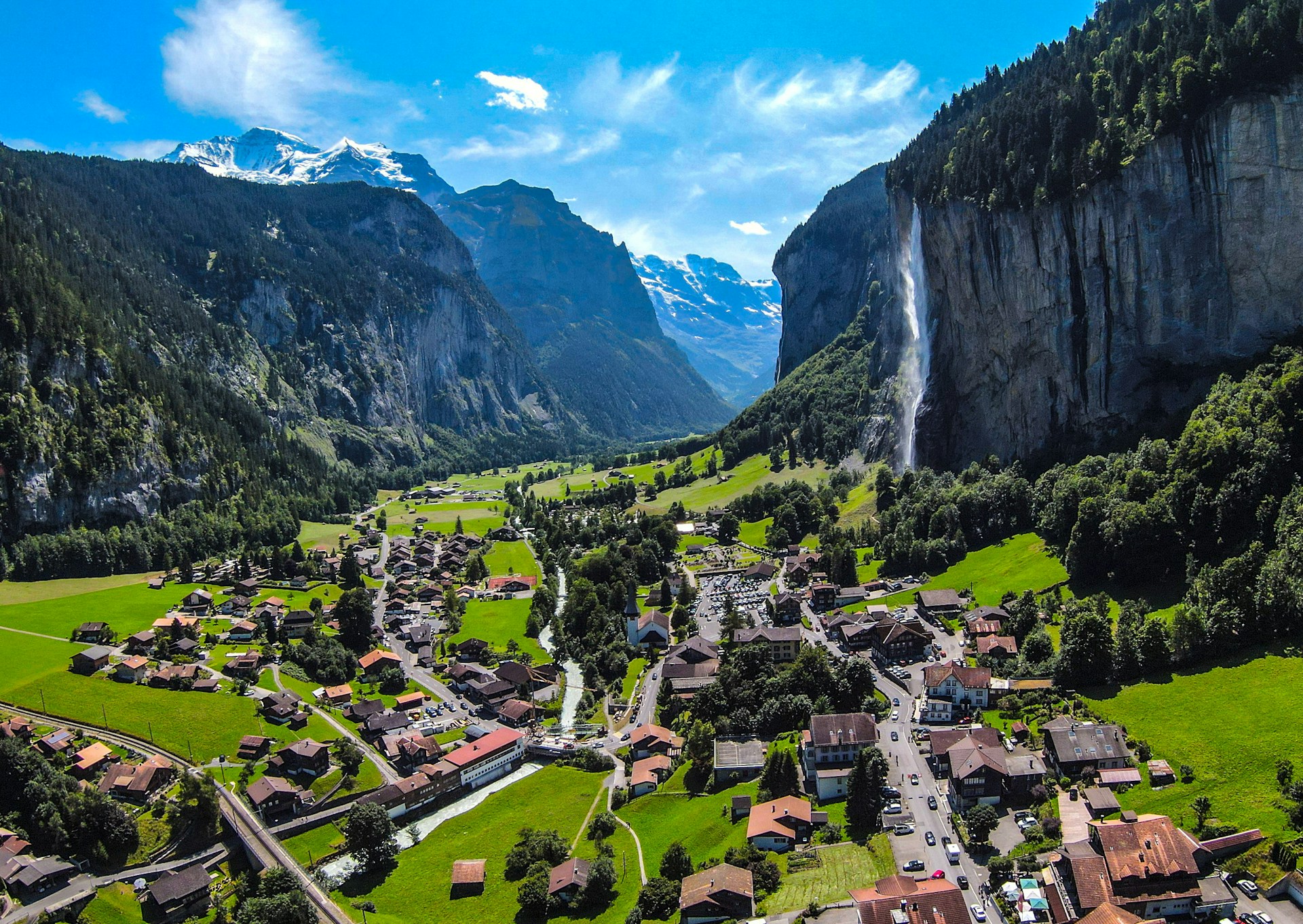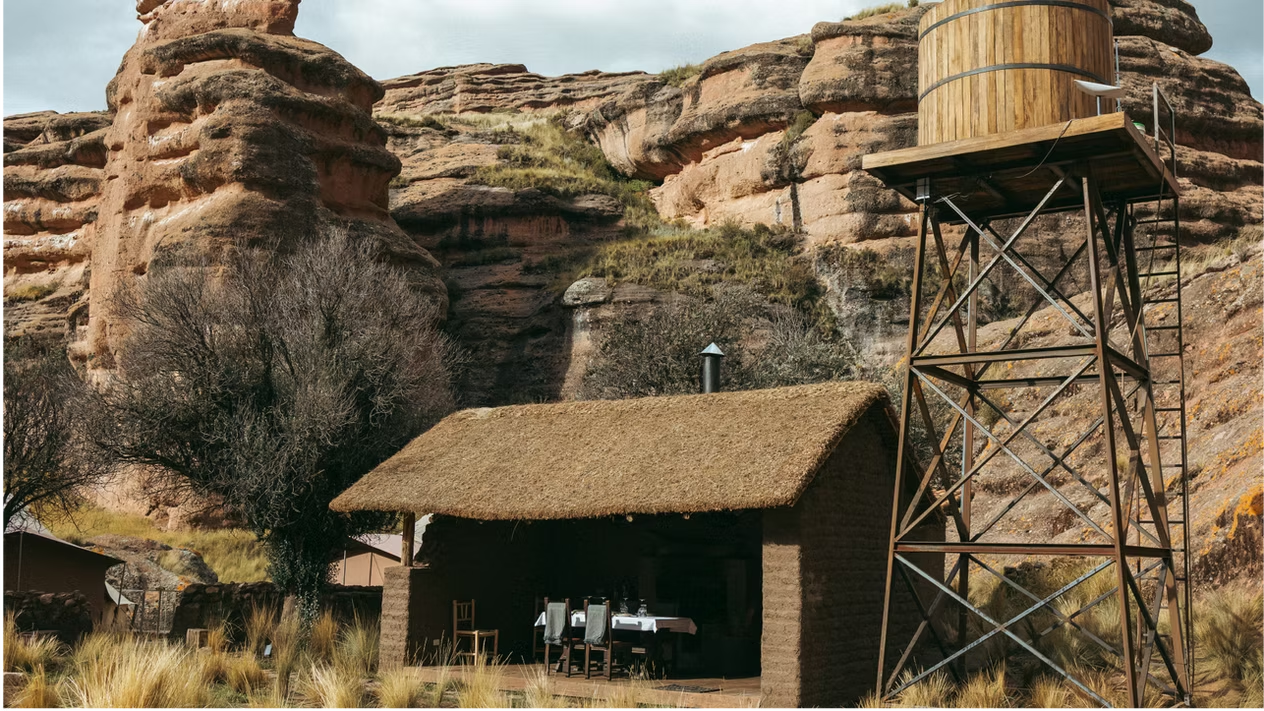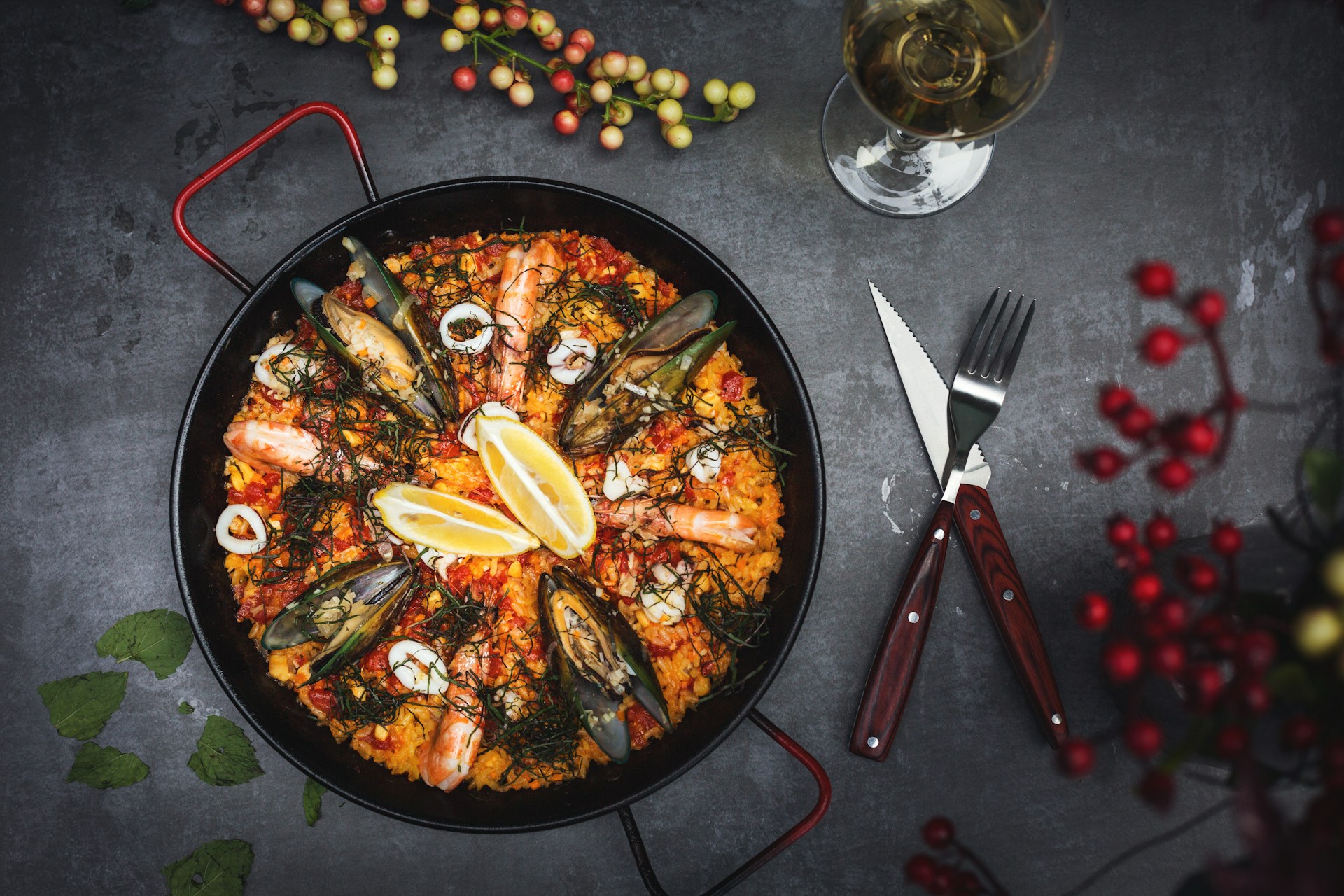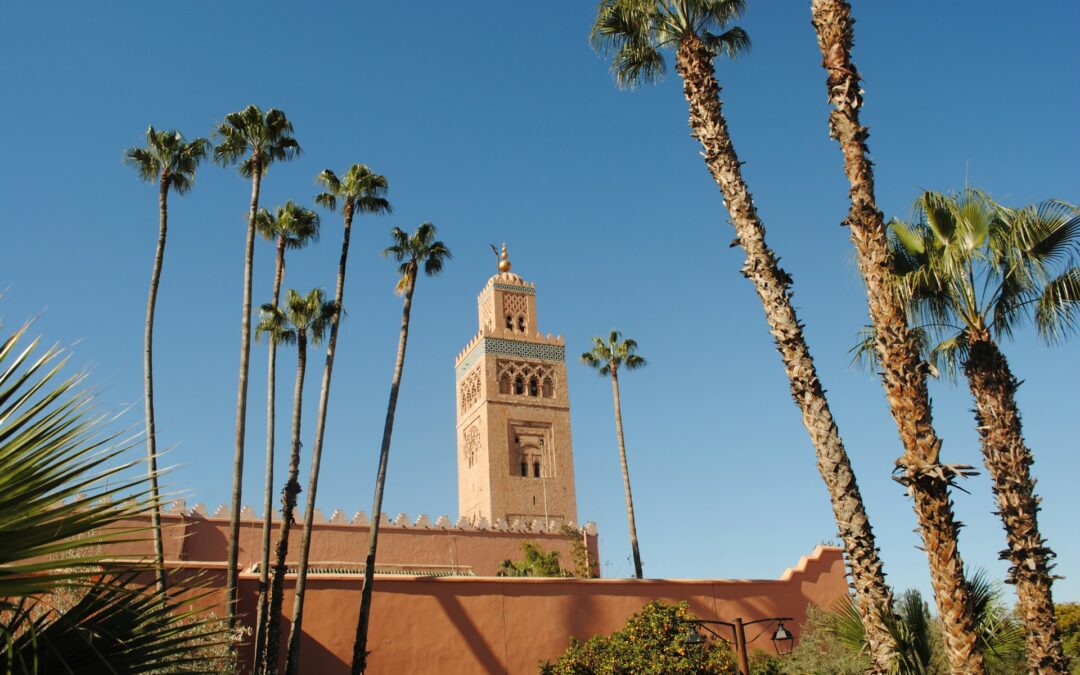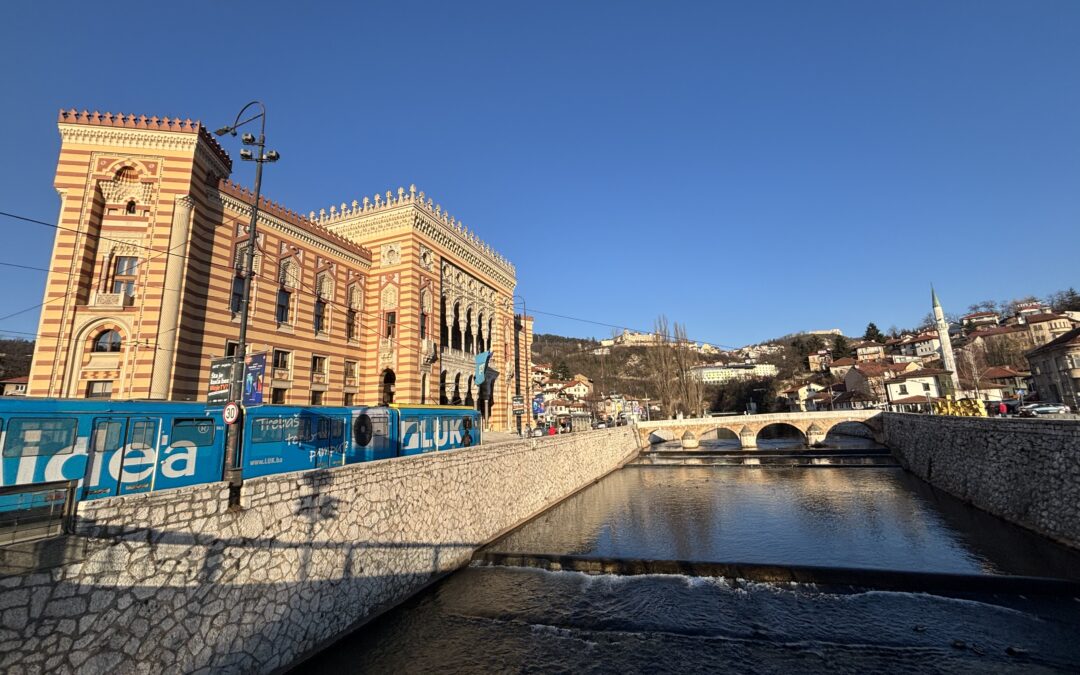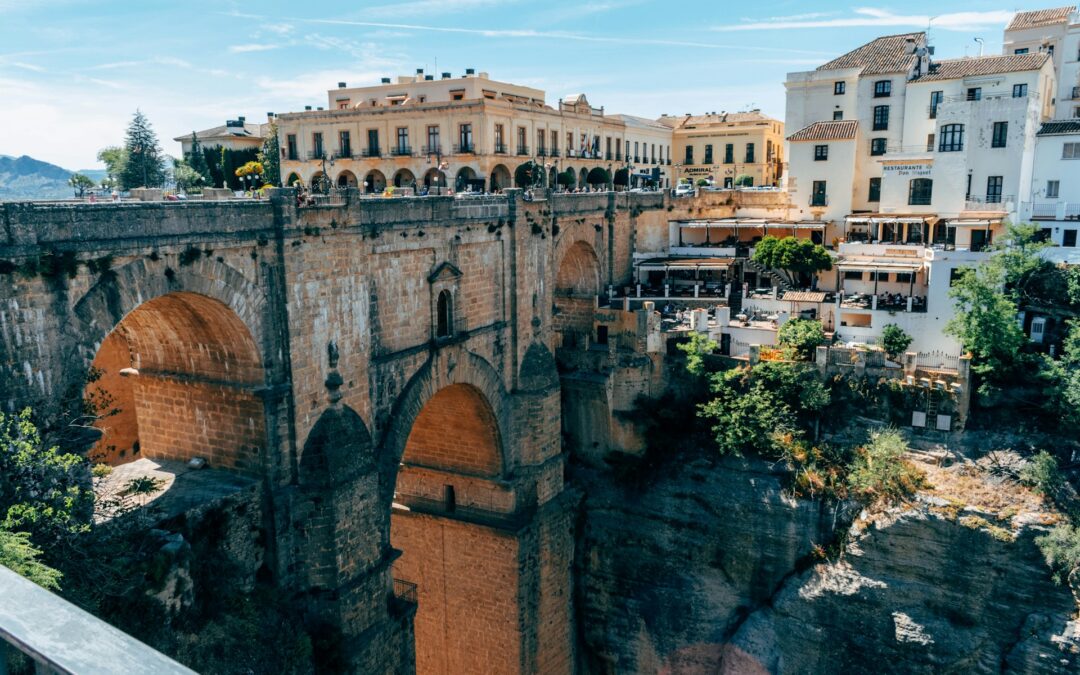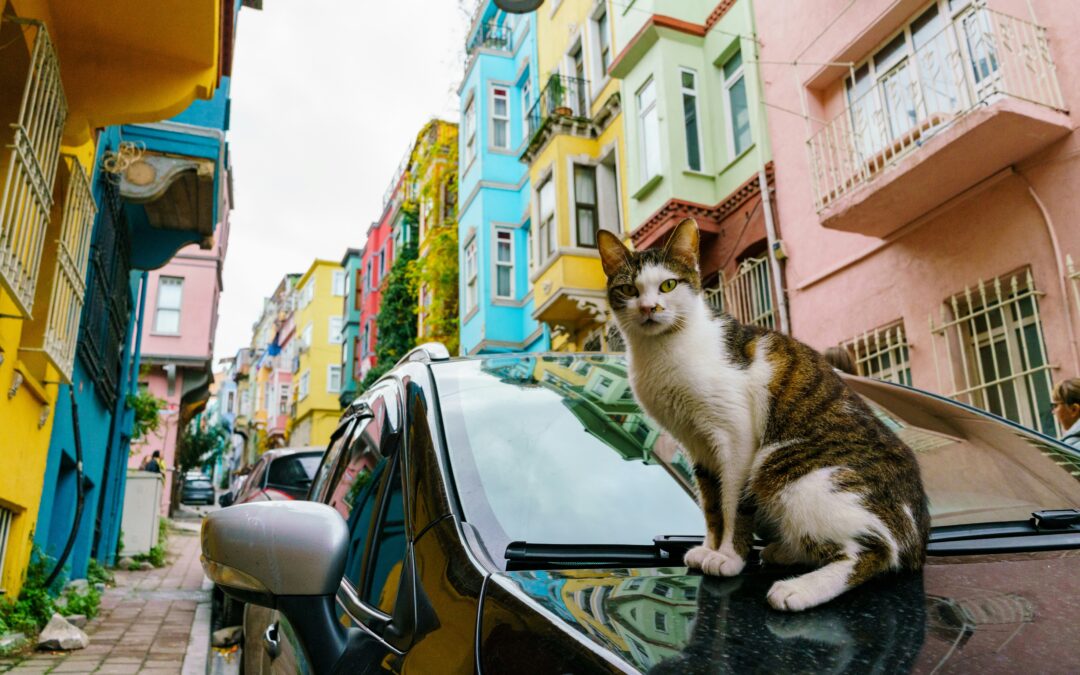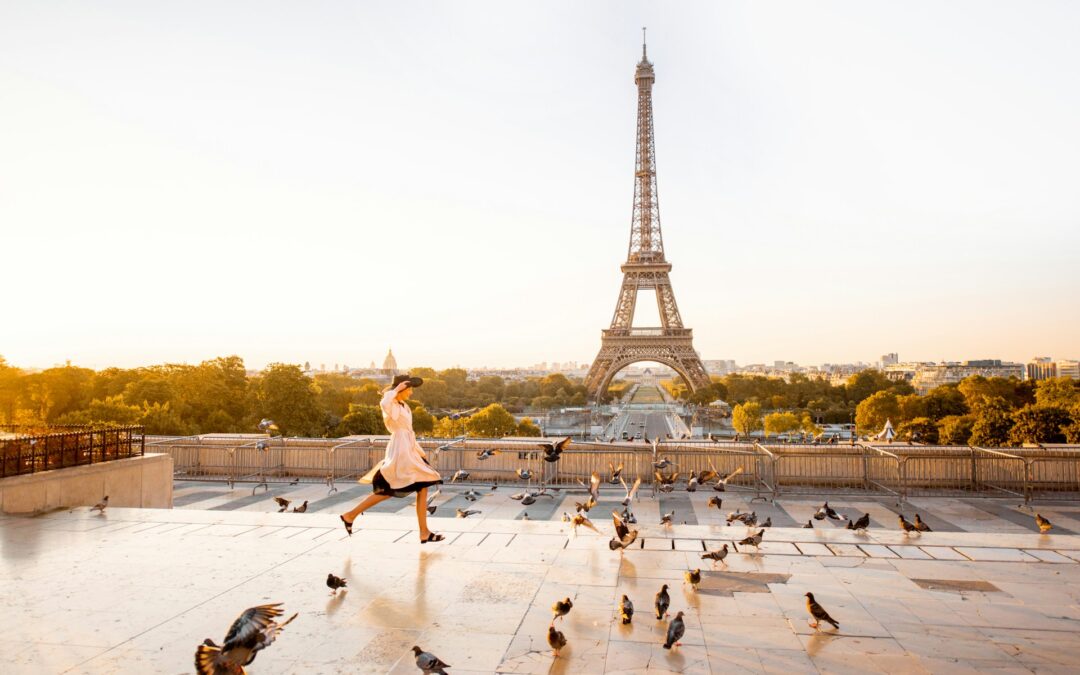Edirne quietly rests in Thrace, on the European side of Turkey. Just a few hours from Istanbul, this historic city was once the capital of the Ottoman Empire and has long served as a cultural crossroads between East and West. Surrounded by Bulgaria and Greece, Edirne carries the layered traces of empires, migrations, and communities who built their lives along its riverbanks.
Unlike Istanbul, Edirne doesn’t shout its history. It lets it unfold gently through mosques, synagogues, churches, cobblestone streets, bridges, bazaars, riverside walks, and surrounding countryside villages. Here, time seems to slow down, inviting travelers to wander and experience the city at an unhurried pace.
A Brief History of Edirne
Known as Adrianople in Roman times, Edirne became the Ottoman capital in the 14th century, long before the conquest of Istanbul. Its location made it a strategic bridge between Anatolia and Europe, a place where trade routes, armies, and ideas converged.
Over the centuries, Edirne was shaped by Ottoman, Jewish, Greek, Bulgarian, and Thracian communities. This layered identity still lives in its architecture, food, and traditions. Today, it’s one of Turkey’s most culturally rich yet underexplored cities.
To understand Edirne’s more recent history, a visit to the Şükrü Paşa Monument and Museum is essential. During the Balkan Wars (1912–1913), Edirne was under siege, and Şükrü Pasha led a legendary defense of the city against overwhelming odds.
The monument, located on a hill overlooking Edirne, honors his memory and those who defended the city. The small museum beneath the monument contains maps, military artifacts, personal items, and historical photos, giving a vivid sense of Edirne’s pivotal role in early 20th-century history.
The hill also offers one of the best panoramic views of Edirne, making it both a historical and scenic stop for visitors.
Top Landmarks and Religious Heritage in Edirne
Edirne is a city where different layers of history stand side by side. Ottoman mosques, synagogues, churches, bridges, and caravanserais reflect its unique position between Anatolia and the Balkans. Unlike Istanbul, most of these sites can be visited without crowds, allowing travelers to experience their atmosphere fully. These landmarks are central to understanding Edirne’s cultural identity:
- Selimiye Mosque — Mimar Sinan’s 16th-century masterpiece and UNESCO World Heritage Site. Its harmonious dome, tilework, and minarets reflect the height of Ottoman architecture.
- Old Mosque & Üç Şerefeli Mosque — early Ottoman mosques known for monumental calligraphy and distinctive minarets. Their peaceful courtyards offer a glimpse into Edirne’s early imperial period.
- Grand Synagogue of Edirne — built in 1907 for the Sephardic community and beautifully restored. It’s the second-largest synagogue in Europe and a symbol of Edirne’s religious diversity.
- Bulgarian Church of Saint George (Sveti Georgi) — a late 19th-century Orthodox church, still active today, representing the city’s Balkan influences.
- Meriç Bridge — a 19th-century stone bridge across the Meriç River. It’s one of the best places to experience Edirne at sunset.
- Rüstem Paşa Caravanserai — a 16th-century inn that once hosted merchants from across Europe and Asia. Today it’s a vibrant marketplace filled with local crafts.
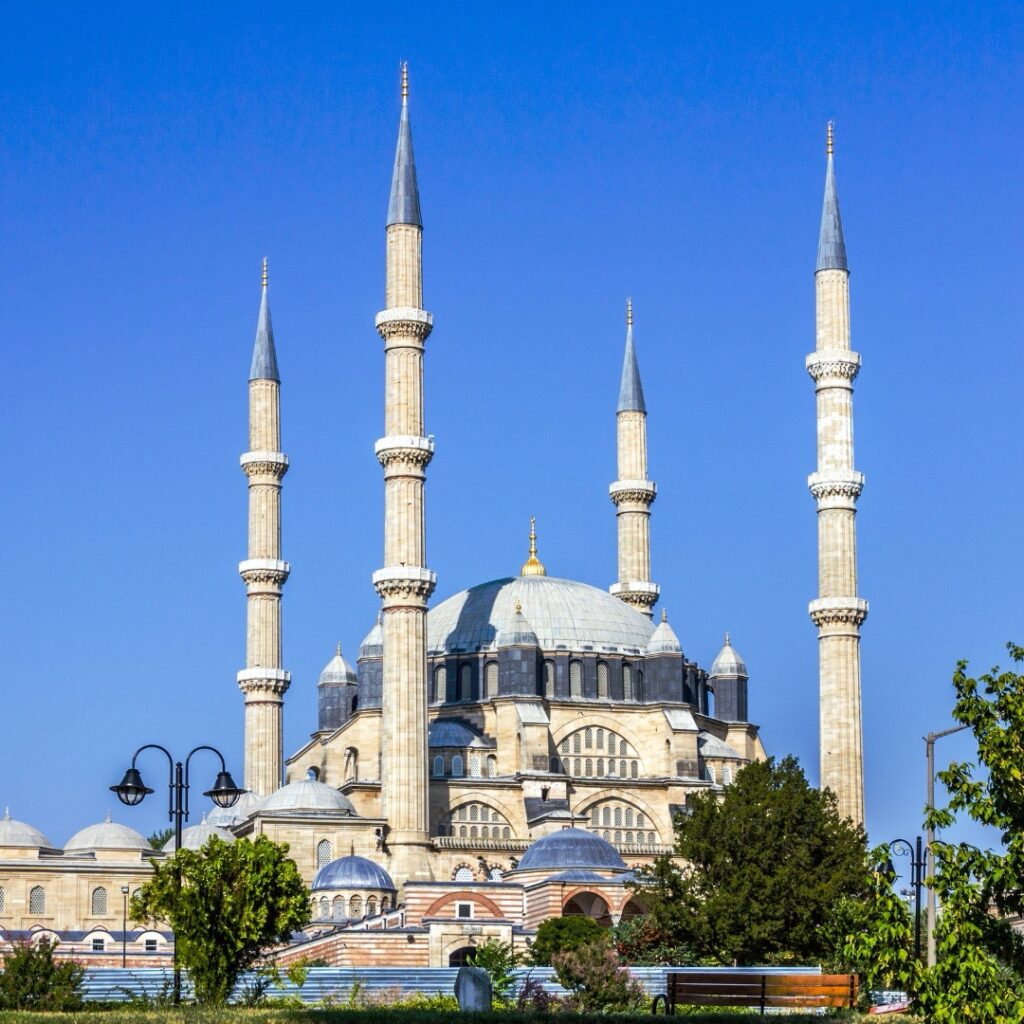
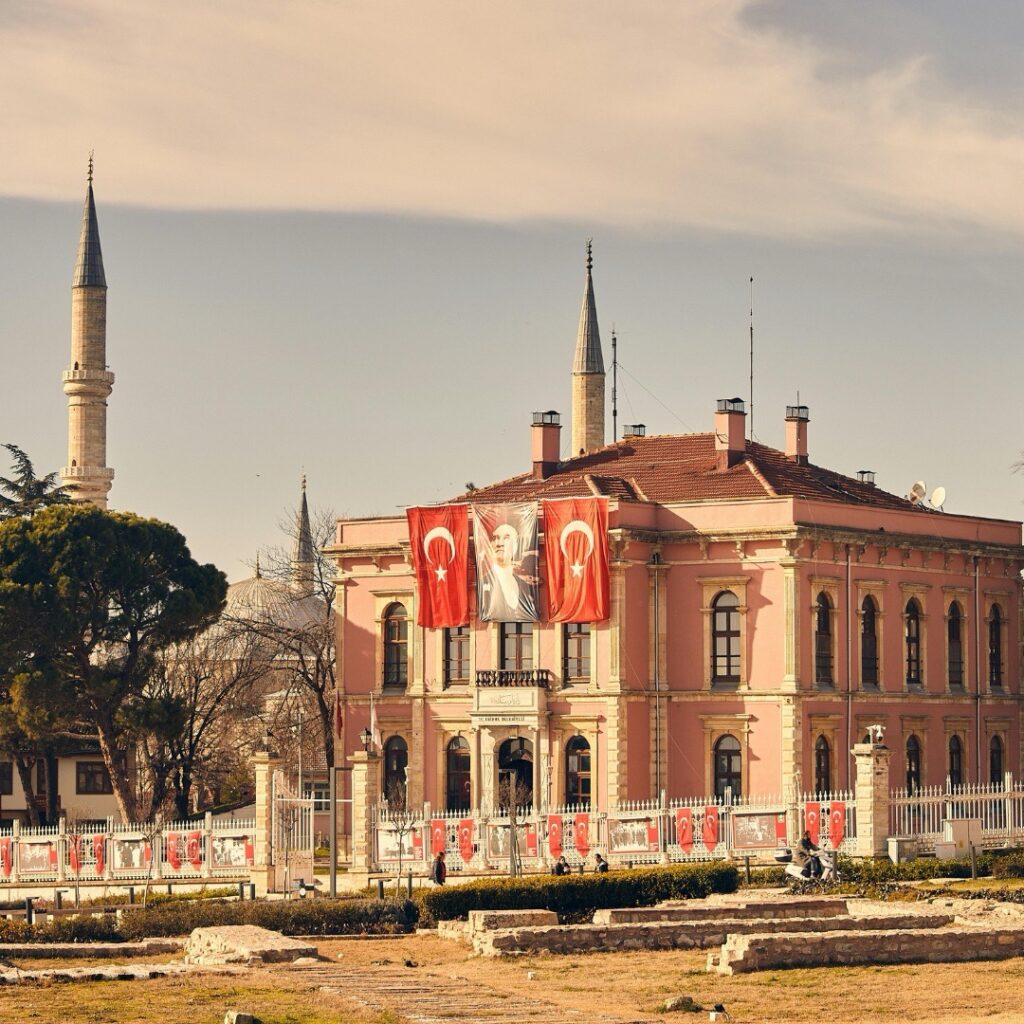
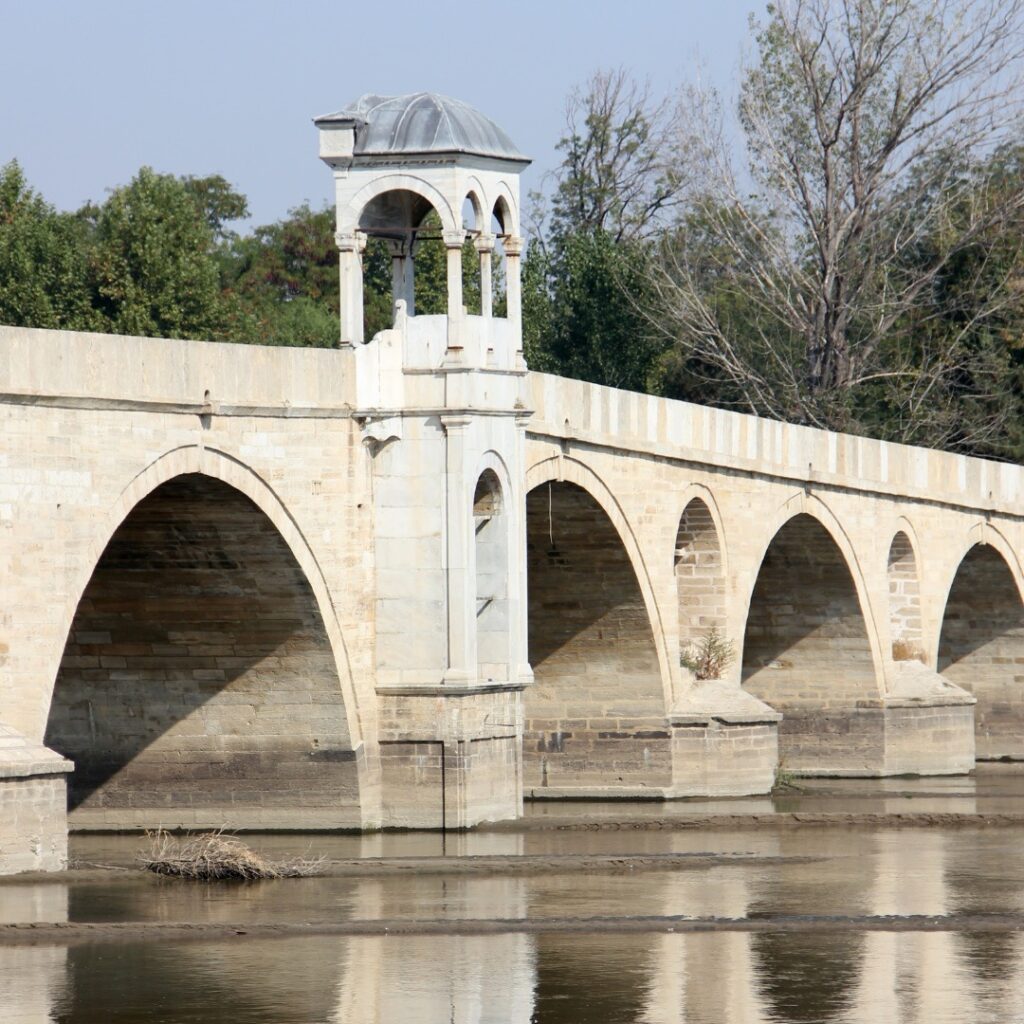
Edirne Museums and Monuments to Visit
Edirne is not only about architecture but also about stories preserved in its museums and monuments. These sites capture everything from ancient Thracian settlements to the Ottoman Empire, the Balkan Wars, and the early Turkish Republic. Visiting these museums gives context to the city’s layered identity.
- Edirne Archaeology and Ethnography Museum — displays artifacts from Thracian, Roman, Byzantine, and Ottoman periods. Ideal for understanding how Edirne evolved through empires.
- Edirne Health Museum (Beyazıt Külliyesi) — located in a 15th-century complex, this museum showcases Ottoman medical practices, including innovative music therapy used centuries ago. It has won several European awards.
- Lozan Anıtı and Karaağaç Train Station — this symbolic site marks the Lausanne Treaty of 1923. The old train station nearby functions as a cultural exhibition space, representing Edirne’s modern history.
- Şükrü Paşa Monument and Museum — located on a hill overlooking Edirne, this monument honors the defense led by Şükrü Pasha during the Balkan Wars. The museum exhibits maps, weapons, and personal belongings, and the hill offers one of the best panoramic views in the city.
Local Experiences and Hidden Corners
Edirne’s magic doesn’t lie only in monuments. Much of its character is found in everyday life — narrow backstreets, family-owned cafés, and evening walks along the Meriç River. Exploring slowly allows visitors to see the city as locals do:
- Stroll through Edirne Bazaar, where traders sell spices, sweets, fabrics, and handmade goods.
- Sit down at a traditional café and enjoy almond paste (badem ezmesi) with Turkish coffee.
- Walk along the Meriç River in the evening for a peaceful, atmospheric view of the city.
- Wander the Balkan backstreets, where old houses and quiet corners reveal the city’s everyday life.
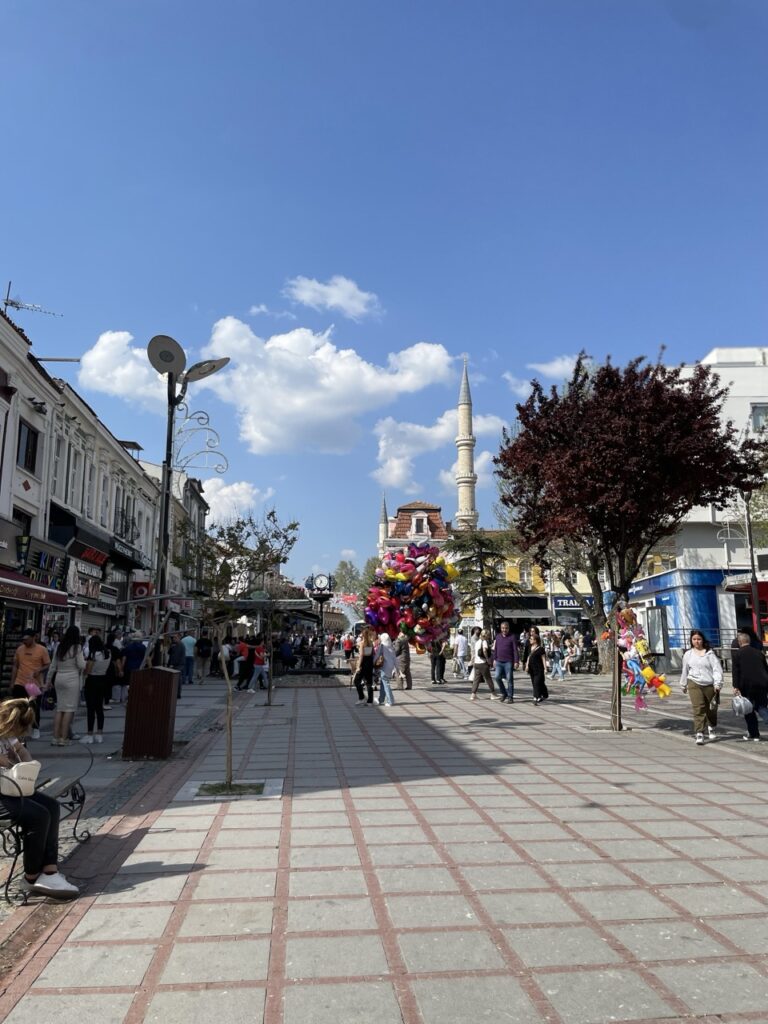
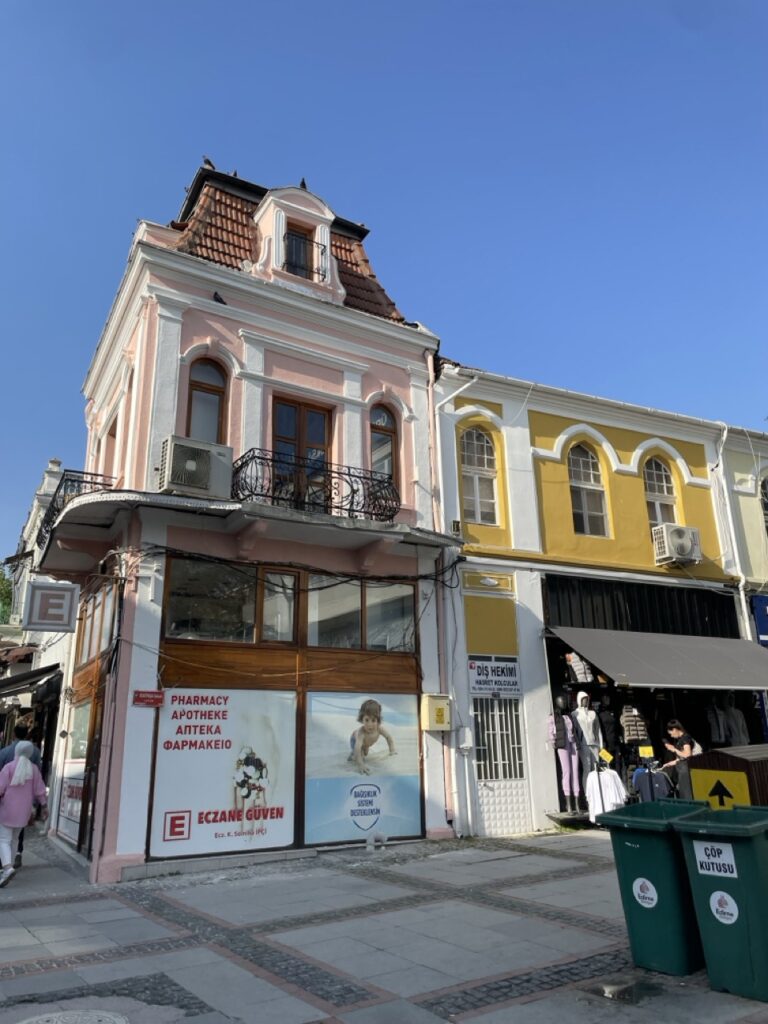
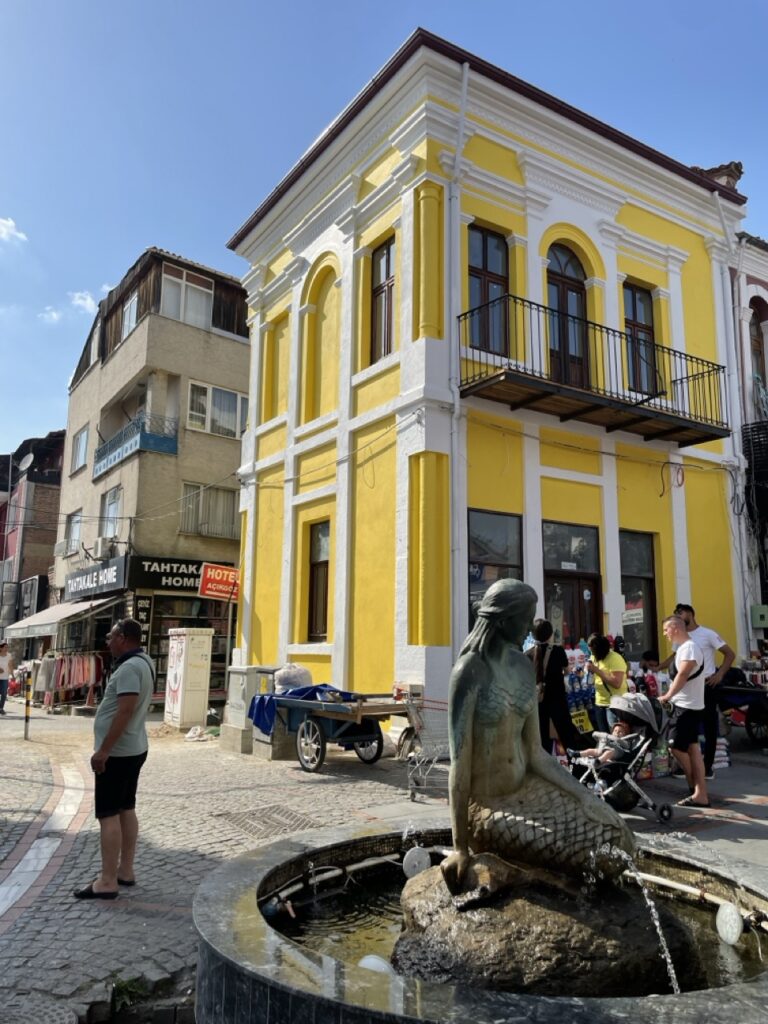
Cultural Traditions and Festivals of Edirne
Edirne is home to one of Turkey’s oldest cultural festivals and a strong culinary tradition. These experiences reveal how deeply history and daily life are connected here.
- Kırkpınar Oil Wrestling — Edirne hosts the oldest oil wrestling festival in the world, recognized by UNESCO as Intangible Cultural Heritage. Wrestlers, musicians, and locals gather each summer in a ceremony that has lasted for centuries. Official event link
- Culinary traditions — Edirne is famous for ciğer tava (fried liver), almond paste, and local cheeses and wines produced in the surrounding Thracian countryside.
Edirne Villages and Seaside Escapes
The region around Edirne offers peaceful rural landscapes and coastal areas that remain little known outside Turkey. A short drive from the city reveals Thracian villages, riverbanks, wetlands, and beaches that make the region unique:
- Karaağaç — a historic neighborhood with a village atmosphere, just across the Tunca River.
- Lalapaşa and Havsa — quiet rural villages with old mosques, stone houses, and family-run eateries.
- Enez — a hidden seaside town on the Aegean coast, with ancient ruins and sandy beaches.
- Gala Lake National Park — a protected wetland and birdwatching area, ideal for nature lovers.
- Kıyıköy — a fishing village on the Black Sea with natural beaches and a calm, local atmosphere.
How to Get There
Edirne is approximately 240 km from Istanbul. Regular buses from Istanbul’s major stations take around 2.5–3 hours. Trains offer a slower but scenic option, and driving gives flexibility to explore nearby villages and the coast.
For those coming from Sofia, there are direct buses that cross the Kapıkule border, reaching Edirne in about five hours. Travelers from Greece can easily access Edirne via the Kastanies–Pazarkule border crossing, with frequent local buses and taxis connecting the border to the city center. a car.
Spring and early autumn offer mild temperatures and vibrant colors. Summer is perfect for festivals and seaside visits, while winter brings quiet streets and a reflective atmosphere that suits slow travelers.
Tips for Mindful Travel in Edirne
- Move slowly. Edirne rewards travelers who linger.
- Support local artisans, family-run cafés, and guesthouses.
- Dress respectfully in religious spaces.
- Take time to explore the countryside, not just the center.
- A sunset walk on Meriç Bridge is a must.
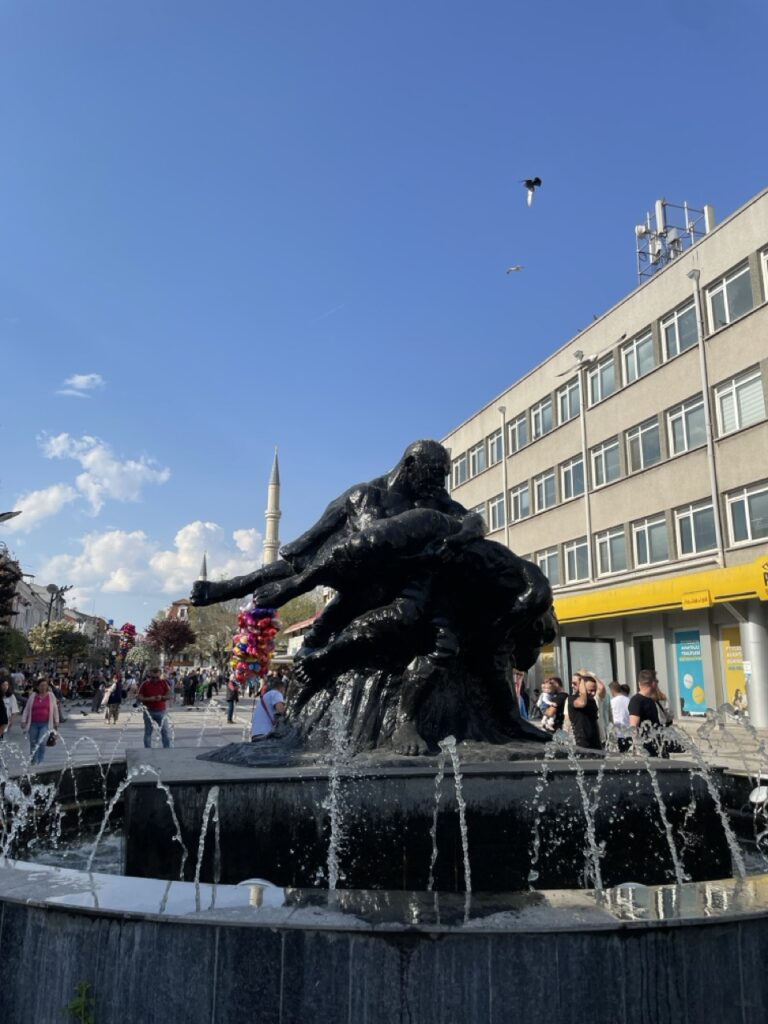
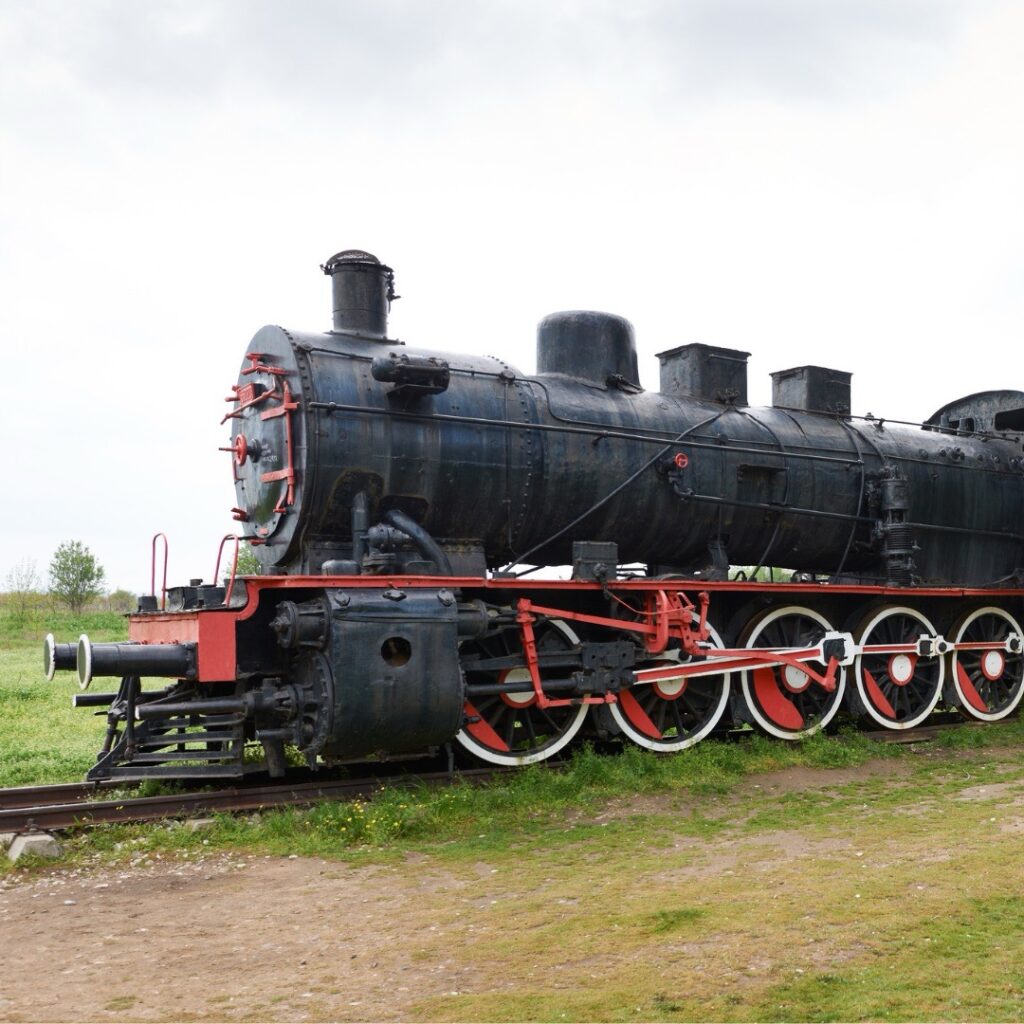
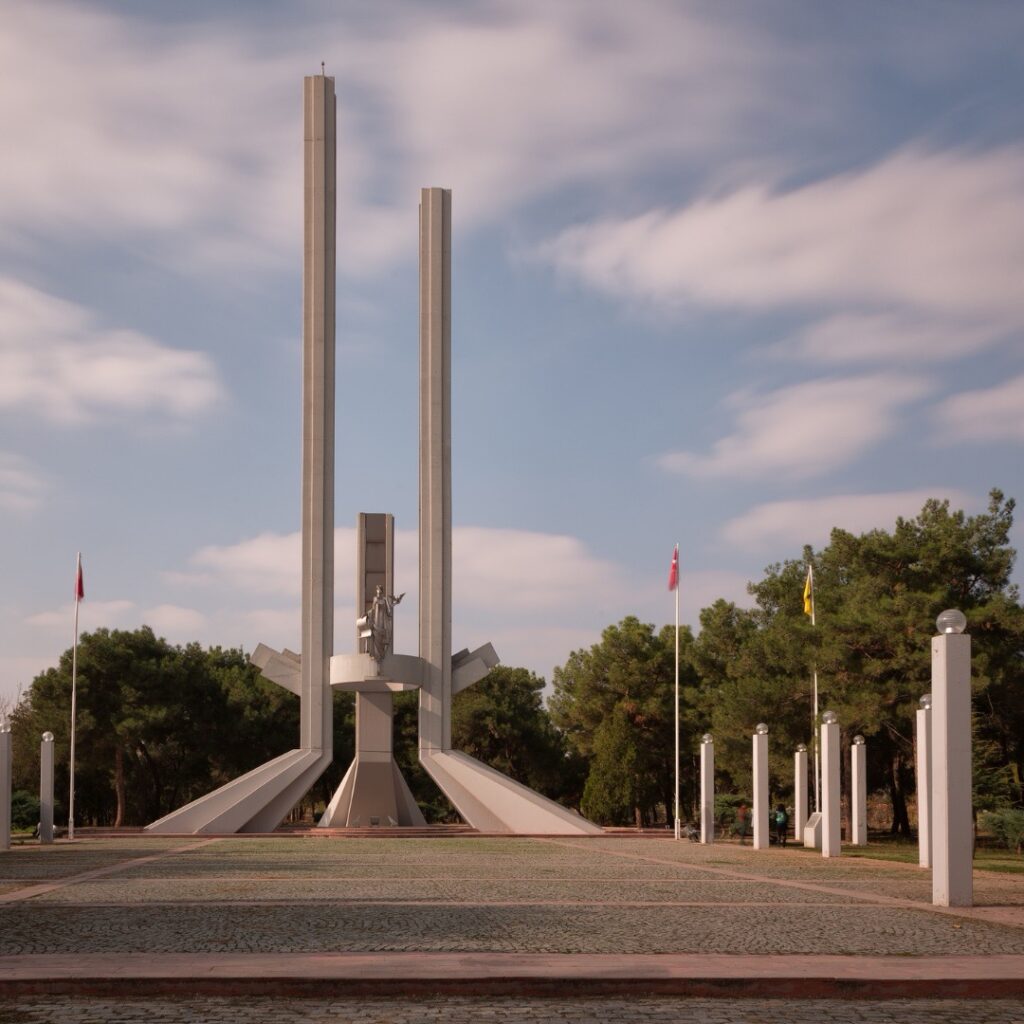
FAQs
Is Edirne a good day trip from Istanbul?
Yes, it’s ideal for a day or weekend trip.
Do I need a car?
Not in the center, but a car is useful for reaching Enez, Gala Lake, or other villages.
Is Edirne safe for solo travelers?
Yes, it is known for being calm, friendly, and walkable.
What’s the best viewpoint?
Meriç Bridge at sunset or the hill near Selimiye Mosque.
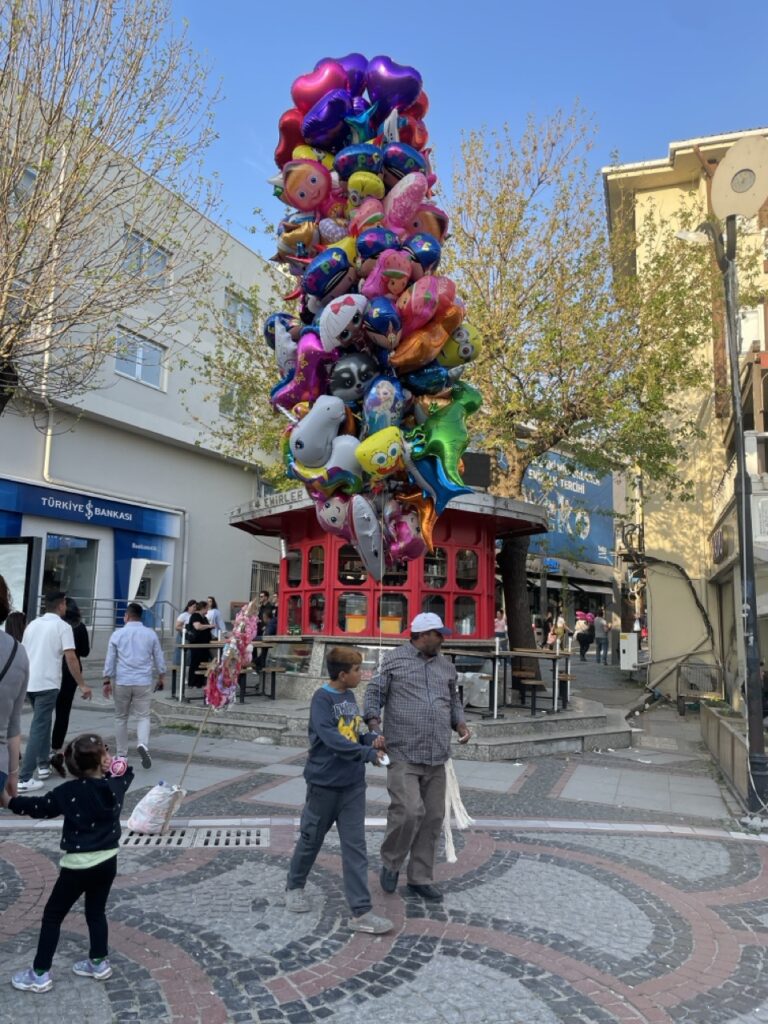
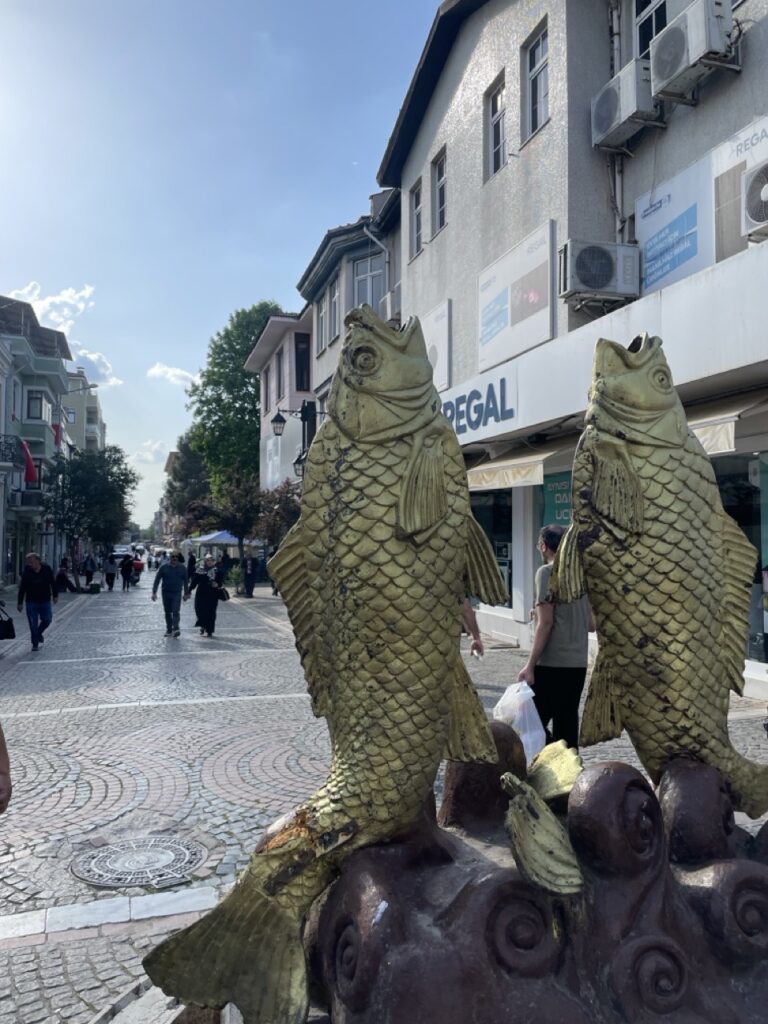
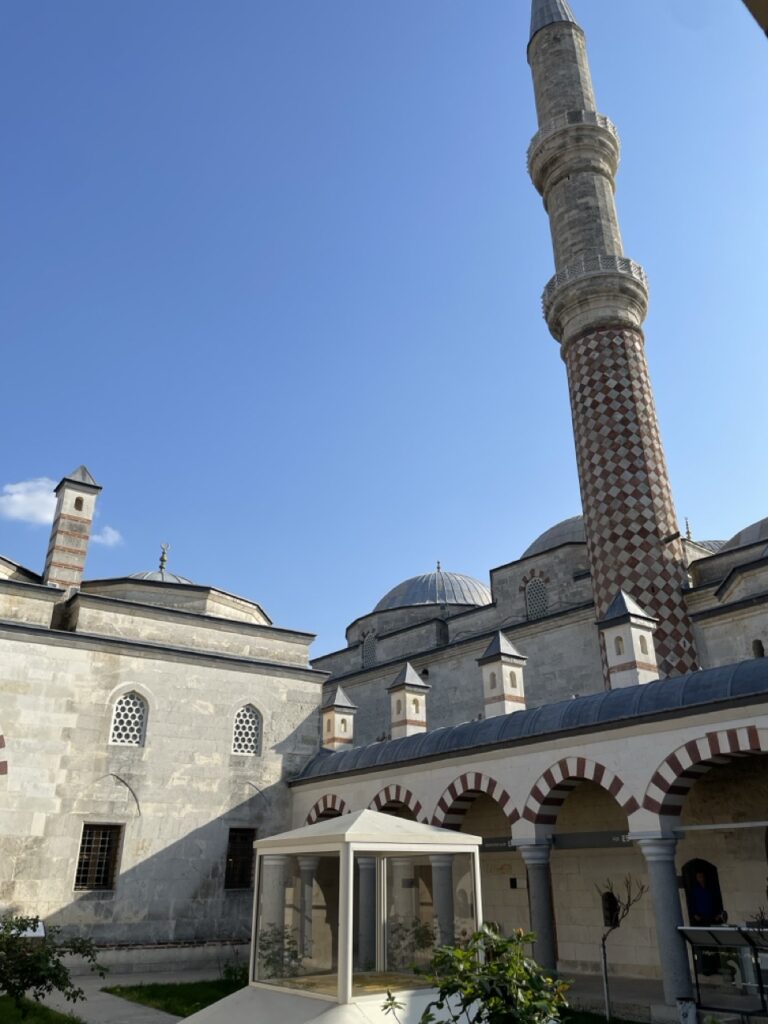
Edirne is not just a city of monuments; it is a living story. Ottoman mosques rise beside synagogues and churches. Rivers flow past bazaars where merchants once traded silk and spices. Villages, fields, and the sea give the region a quiet strength.
This is a place to slow down, listen, and let history unfold in the rhythm of everyday life.
For travelers looking beyond the obvious, Edirne is a rare blend of architecture, tradition, countryside, and coast — a bridge between past and present.
For more cultural journeys, visit our Travel Guides.

